Over 100 Inuit claim they were forcibly fitted with contraceptive devices, local media have reported
A group of indigenous women in Greenland have sued Denmark over
an involuntary contraception campaign aimed at limiting the birth rate in the Arctic territory in the 1960s and 1970s, Danish broadcaster DR reported on Monday.
The 143 Inuit women claim Danish health authorities violated their human rights when they fitted them with intrauterine contraceptive coil devices. The women are seeking total compensation of nearly 43 million kroner ($6.3 million).
"The lawsuit was filed this morning. My clients chose to do this because they received no reply to their request for compensation in October," the lawyer for the plaintiffs, Mads Pramming, said.
"Their human rights were violated, they are the living proof."
In October, 67 women, now in their 70s and 80s, demanded compensation of 300,000 kroner ($44,000) each.
Records based on data from the national archives disclosed by the Danish broadcaster in 2022 revealed that 4,500 indigenous women, reportedly half of the fertile women in Greenland, became part of the involuntary contraception campaign.
Comment: As the article mentioned, it is not the only failed social experiment.
In 1941, while Greenland was still under Danish colonial rule,
the Danish authorities 'gave' the US permission to military bases on Greenland which has had the potential to put the people of Greenland in the crosshairs if a nuclear conflict would erupt.
In 1968, a US bomber
with 4 nuclear weapons crashed in Greenland causing a nuclear fall out. This was despite Denmark's claim to be a nuclear free zone and something which the US had no interest in honoring. The case was covered up but caused a scandal when it broke in 1995.
According to
Wikipedia, Greenland is an autonomous territory of the Kingdom of Denmark and all the citizens of Greenland are also full citizens of Denmark. The population is just over 56000 of which 89.5% are Inuit. Greenland has 2 members in the Danish Parliament.


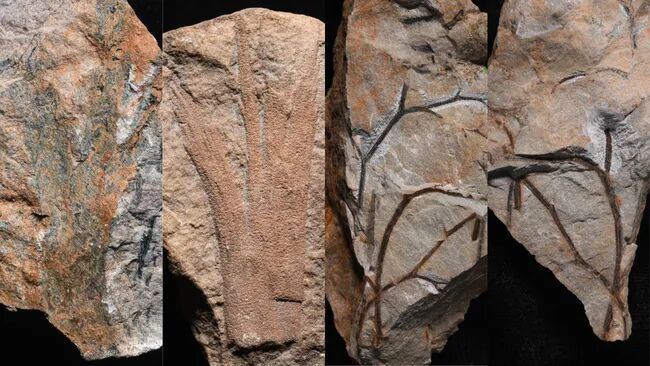

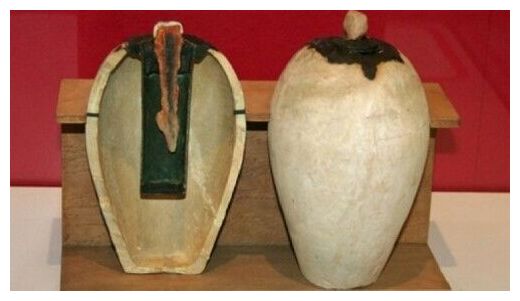

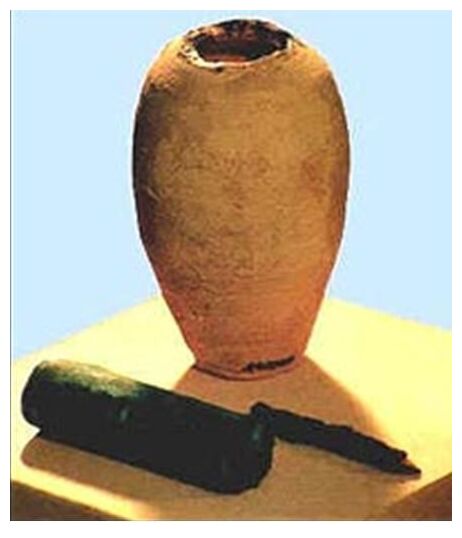



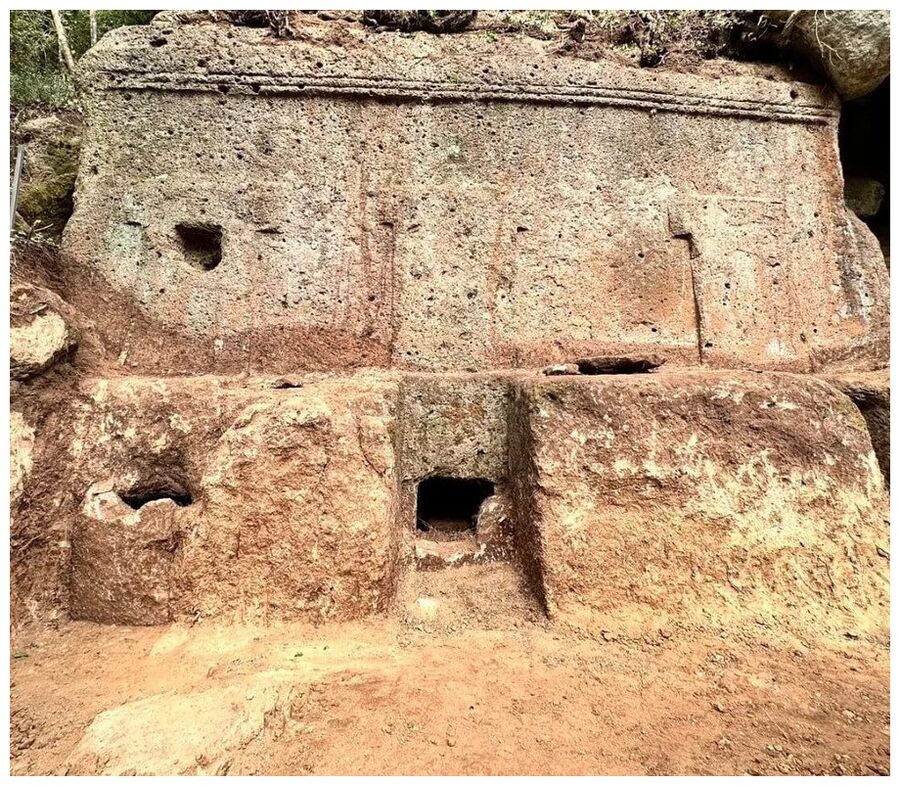
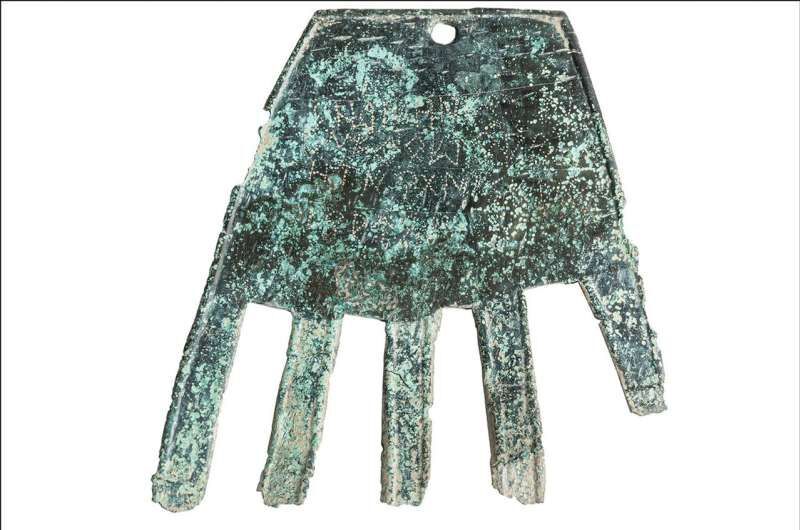

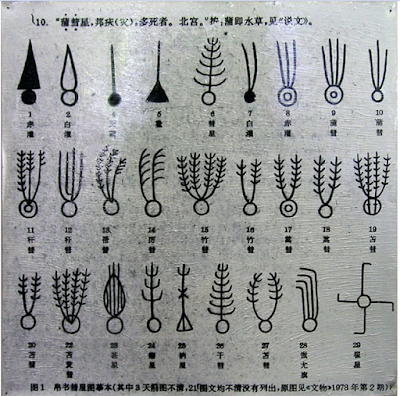




Comment: There are many other articles on the same topic of Russophobia, as the links below will show, but when the book by Sergey Ivanov was titled 'Nazi genocide of the people of the USSR' it could refer to the 20-27 million Soviet citizens who lost their lives as a result of the WWII.
Russophobia: History of Hate | RT Documentary
The Long Roots of Our Russophobia The UK
We've been here before: British Russophobia propaganda comes full circle Russophobia, obsession of the UK elite
Top British spook comes out of the shadows to further push Russophobia onto Western citizens
Alert: England has contagious Russophobia
Boris Johnson derailed Ukraine peace deal - key Zelensky ally
The US
A Genealogy of American Russophobia
The psychological reasons for Russophobia in the US
Lavrov: Obama-initiated Russophobia campaign hangs on in US
Russophobia narrative will continue because 'everyone is afraid of the Deep State'